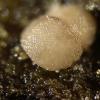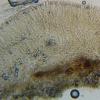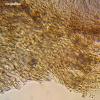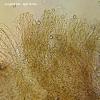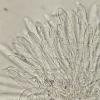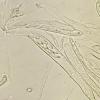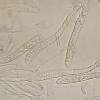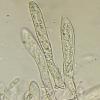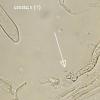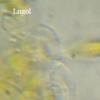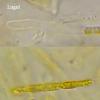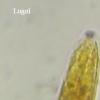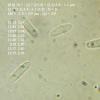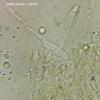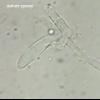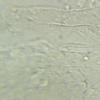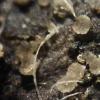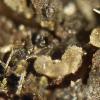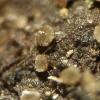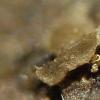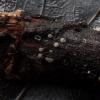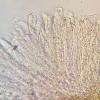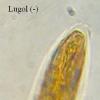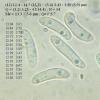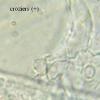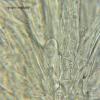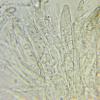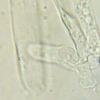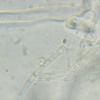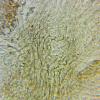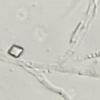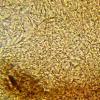
10-09-2025 17:18
 Blasco Rafael
Blasco Rafael
Hola, encontre este estiercol de vaca estos apotec

11-09-2025 16:57
Our revision of Marthamycetales (Leotiomycetes) is

02-09-2025 11:34
Thomas Læssøehttps://svampe.databasen.org/observations/10527903

10-09-2025 23:53
 Marcel Heyligen
Marcel Heyligen
Found on Robinia pseudoacasia together with Diapor

03-09-2025 21:59
Philippe PELLICIERLa Léchère, Col de la Madeleine, alt 1970m, au s

07-09-2025 11:34
 Zuzana Sochorová (Egertová)
Zuzana Sochorová (Egertová)
Hello,I have identified this fungus as Hymenoscyph
Fruiting bodies growing on a branch of dead Populus, almost completely devoid of bark. Up to 1 mm.
Spores in ascus no septate.
Zotto: some time ago I sent you photos of a very similar collection, also from Populus.
In this case, the sporocarps were very mature. It was difficult to make good documentation. I could not observe any reaction to Lugol.
Now it seems to me that it is the same species but fruiting bodies younger and in better condition.
Thank you in advance for your help!
Mirek

I have no idea, but the foto of the ascus pore in Lugol shows a dirty red reaction in my opinion.
all the best,
Andreas
Therefore, without comment, I posted a photo counting on your opinion.
The second photo shows the same, but after sharpening the maximum colors.

definitely a positive porus reaction, and according to the terminology that Zotto uses I would name that "IKI rb"
best,
Andreas
Last December, I found microscopically very similar, as I also wrote on Populus. The sporocarps were heavily ripe and frozen. I wanted to make some extra documentation, but after two at home, their structures were completely destroyed :(
Compared to those presented now, a few differences can be easily seen, although the overall structure was very similar.
- the spores were slightly wider.
- negative porus reaction
- 1-septate spores in ascus
Upload their photos below!
Regards
Mirek

I think you are right as always. Paraphyses contain elongated VBs, with contents weakly refracting light.
Excipulum is very illegible but it has oval cells (angularis).
Mirek




